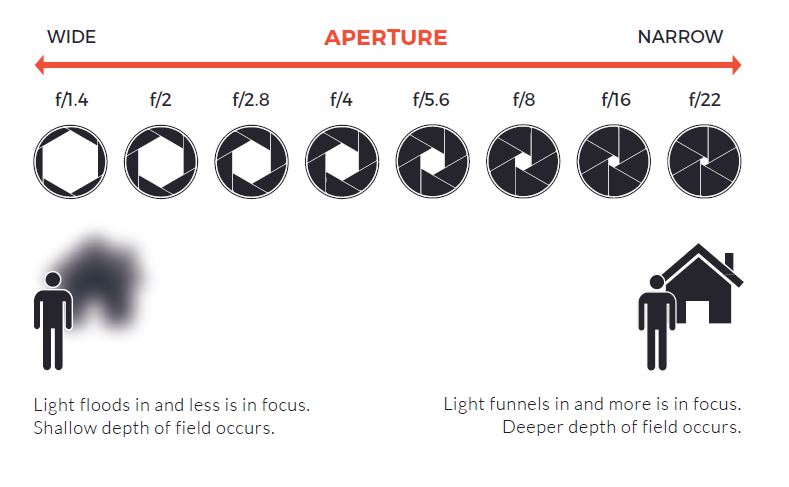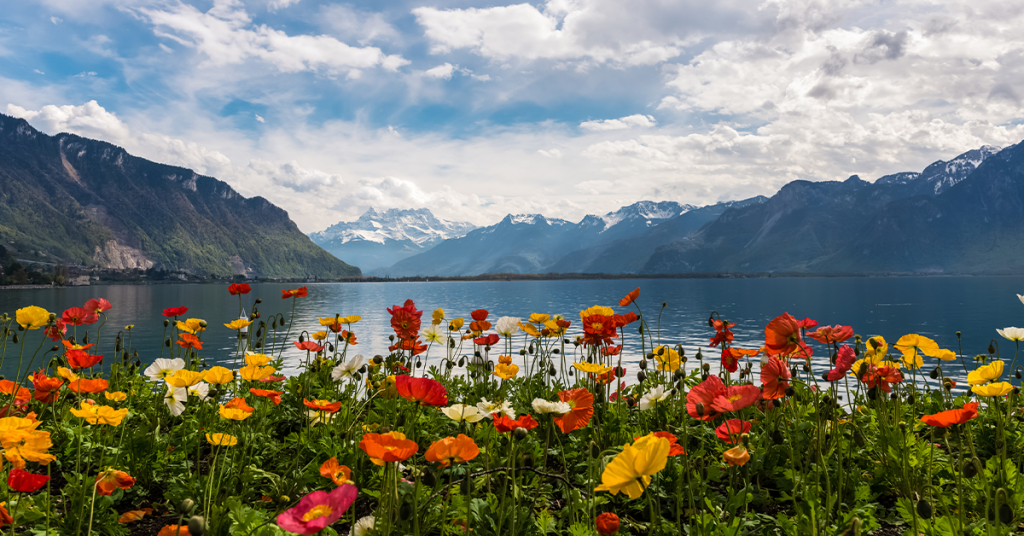The word aperture comes from the Latin for ‘opening’. This relates to the function of aperture – aperture is the degree to which the curtain inside the camera opens to allow light into the image. Aperture is measured with f-stops; ranging from as low as f/0.7 (used by NASA to film the moon – though of course most common cameras will use about f/2 at their lowest) to as high as f/45 (used to provide the maximum depth of field possible for a macro lens. Again, common cameras will use about f/16 or f/32 at their highest).
However, using the words low and high when discussing aperture may lead to confusion, due to the system that aperture uses. The ‘low’ aperture numbers signify the larger opening in the camera’s curtain – letting more light into the image, but the ‘high’ aperture numbers signify a smaller opening in the camera’s curtain – letting less light into the image.
Aperture does not just refer to light however – it also relates to the depth of field one can capture in an image. This is shown in the diagram below.

Here are some examples of images taken with wide apertures.



Here are some examples of images taken with narrow apertures.



As you can see, in the first set of images, only the closest/chosen elements of the composition are in focus, but in the second set, the entire image is in focus.









